Download this post in PDF format here:
Introduction
Code Blue® developed this article to help dispel the myth that Code Blue is only for Higher Education Campuses. Outside of higher education campuses, Code Blue Solutions are commonly found in various vertical applications (discussed herein), so customers can provide help at the touch of a button® for their patrons, employees, and guests.
To clarify use cases a bit further, Code Blue products are regularly used for interior applications, not just the Help Point (blue light tower), with its own “outdoor” brand identity.
Typically, all of the vertical applications have some form of one or more of these attributes:
- Parking: Lots, decks, or garages.
- Walkways: Concourses, sidewalks, trails, hallways, open spaces, bridges, or tunnels.
- Entrances: Guarded or unmanned, delivery, ADA, or stairwells.
Vertical Applications
Each market adapts the use of blue light phones according to its specific safety needs and the nature of the activities carried out in the area. Their primary function remains the same across all these verticals: to provide a visible, accessible, and direct line for emergency or general assistance – Help at the Touch of a Button®.

K-12:
One of the most familiar settings for blue light phones, they are widely used in K-12 schools for safety and overall communications.

Public Spaces and Parks:
These phones are installed in public areas like beaches, pools, parks, walking trails, and community centers to provide immediate access to emergency services.
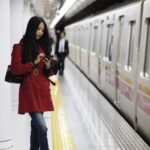
Transportation Hubs:
Airports, train stations, and bus depots often use blue light phones for travelers to report emergencies or suspicious activities and ask for directions.

Healthcare Facilities:
Hospitals and other medical centers use these phones in parking lots, remote areas of the campus, and areas where immediate emergency communication is vital.

Corporate Campuses:
Large corporate facilities, especially those spread over extensive areas, use blue light phones for the safety of their employees, especially in remote parking areas and walkways.
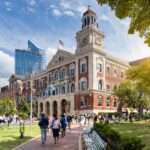
Municipal and Government Buildings:
These locations often have blue light phones as a part of their overall security and communication infrastructure.
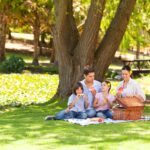
Residential Communities:
Some gated communities or large apartment complexes have these phones for residents to use in case of emergencies.
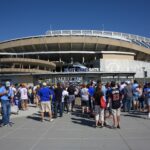
Recreational Areas:
Amusement parks, stadiums, and other recreational venues sometimes have blue light phones for emergencies due to high public footfall.
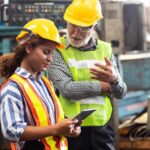
Industrial and Manufacturing Sites:
In large industrial areas, especially those with hazardous materials or processes, these phones provide a direct line to emergency services.
Value Everywhere
A Code Blue Help Point® is much more than just a call box. Whether you aim to deter or detect suspicious/criminal activity or you want to be present to assist your patrons, Code Blue Help Points can help you provide people with the peace of mind they need.
You can optimize response in any situation – be it an accident, fire, caller emergency, or someone needing information or assistance. Code Blue products are designed to empower your personnel to gather information and facilitate a quick and intelligent response.
Promote your brand and show your willingness to provide an environment that your ultimate customer mandates.
A swift response to a personal emergency such as a flat tire, a car that won’t start, or a malfunctioning gate (or ticket machine), quickly and effectively resolved, reflects positively on your brand and customer service ratings.
The Bottom Line
We hope the Code Blue Team has helped you better understand that outside of higher education campuses, Code Blue Solutions are commonly found in various vertical applications, so you can provide patrons, employees, and guests with help at the touch of a button.
Please contact Code Blue (https://codeblue.com/contact) to learn how we can tailor a solution for your Public Safety operations.
